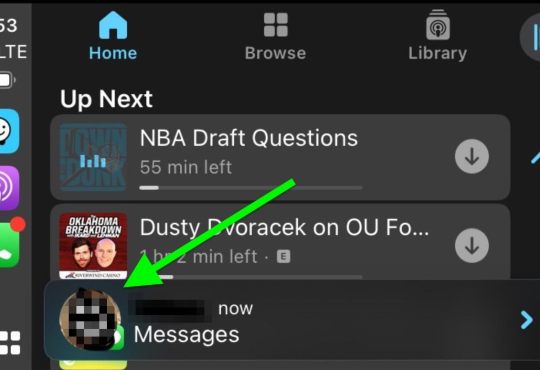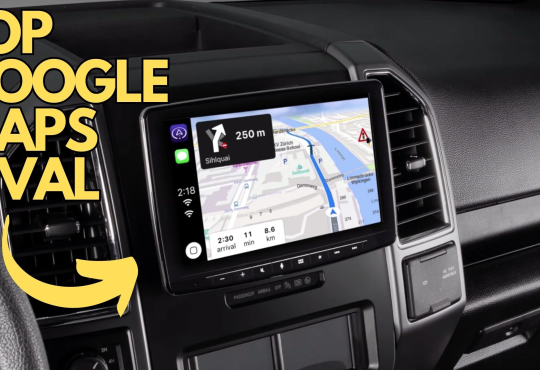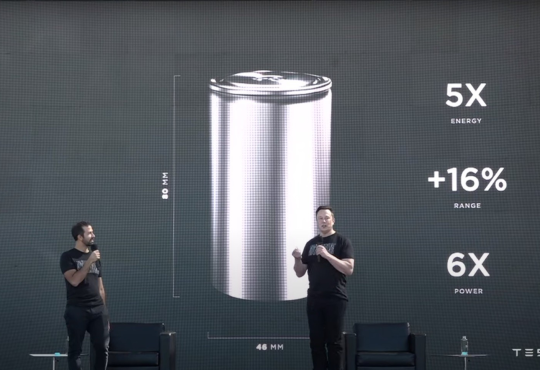
When the Porsche Taycan launched, one of its biggest controversies had to do with its battery range. The flagship EV from a sports car company with a proud engineering heritage, with the backing of the gargantuan VW Group and billions of dollars invested, still couldn’t match the range of the original 2013 Tesla Model S. Now, thanks to Car and Driver and Engineering Explained, we have a better understanding of how an old Tesla can still beat Porsche’s best.

The first thing to note is that, in the real world, the Porsche often beats its range estimates by a significant amount, and the Tesla often falls way short. Many assumed some kind of subterfuge—either Porsche was intentionally understating its range, or Tesla was cheating the test. But a fantastic feature from our sibling publication Car and Driver explains what’s actually going on.
It’s true that Porsche voluntarily reports a range number that’s lower than what they Taycan has achieved in testing. But the discrepancy is minor: the Turbo S did 200 miles in EPA tests and 192 miles in Porsche’s testing, so Porsche publishes the lower number. The less-powerful Taycan Turbo achieved just under 202 miles, but Porsche rounded down to 201. But Tesla also rounds down on some of its cars’ ratings, or voluntarily publishes a number that’s lower than what was achieved in testing—and they still claim a 402-mile range in the Model S Long Range.
A much larger discrepancy lies in the way the two companies choose to test their vehicles. The EPA offers a simplified, two-cycle city/highway test that involves gentle driving and maxes out at a lower speed than most of us drive on the highway. If an automaker chooses this less-precise test, the EPA uses a “correction factor” to adjust the result, reducing the stated range by around 30 percent. To avoid this, automakers can opt to put their vehicles through a more strenuous five-cycle test that involves cold weather testing, driving with the air conditioning on, and hard acceleration. Data from this test are subjected to a smaller correction calculation, potentially leading to a higher range rating.
Tesla and Audi go through the rigamarole of the five-cycle gauntlet, while Porsche opted for the faster, easier, cheaper two-cycle test. But that’s not the end of it. As detailed by Jason Fenske, the brain behind the excellent YouTube channel Engineering Explained, the Tesla encounters far less “road load” than the Porsche—basically, the total forces acting to slow the car, whether it’s road friction, aerodynamic drag, or the internal friction of moving parts. At every speed, the Model S Long Range is fighting a lower overall road load than the Taycan, allowing the Tesla to stretch its battery’s energy across more miles.
And speaking of batteries, the Tesla’s under-floor battery pack is larger than the unit in the Taycan, and Tesla’s software allows the car to access a larger portion of the battery’s capacity in everyday driving. (Every EV imposes artificial limits on its battery, since running the battery down to nearly zero charge can drastically shorten the battery’s life.) All of this helps the Model S achieve a much higher range figure, though that advantage starts to shrink at sustained highway speeds.
For a deeper look into this topic, be sure to watch the full Engineering Explained video, above, and read the whole Car and Driver article. Both delve into the exact amount of range that each facet of the equation accounts for. It’s a fascinating look into two cutting-edge automobiles.








